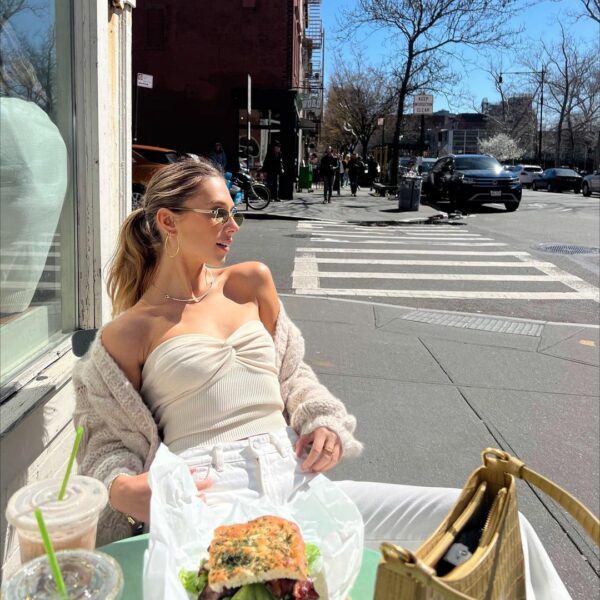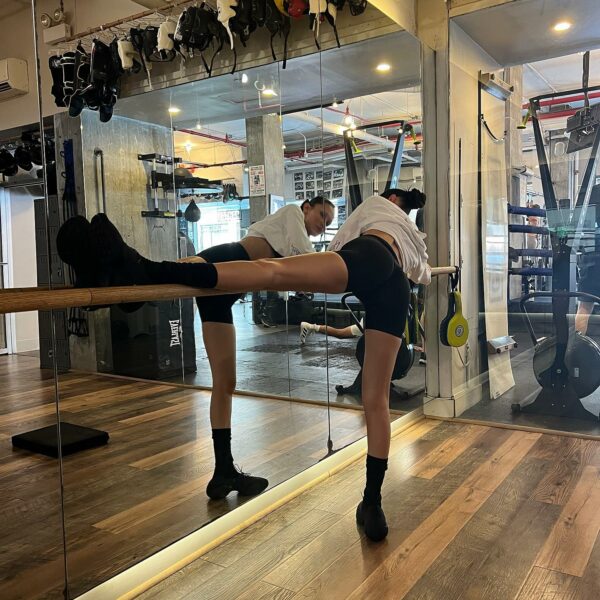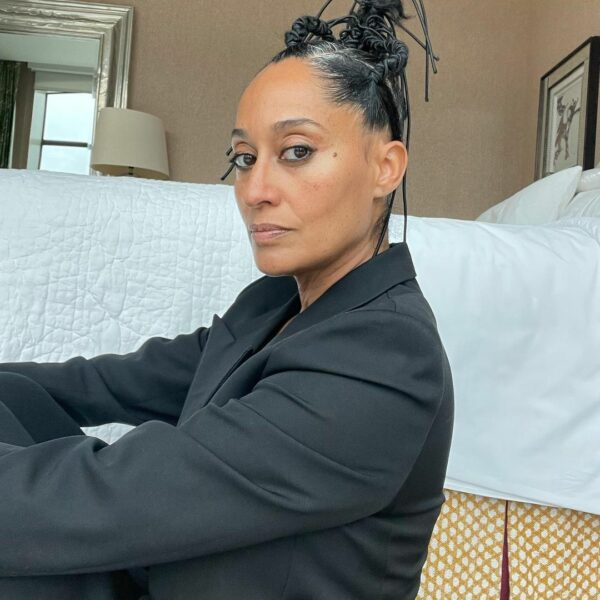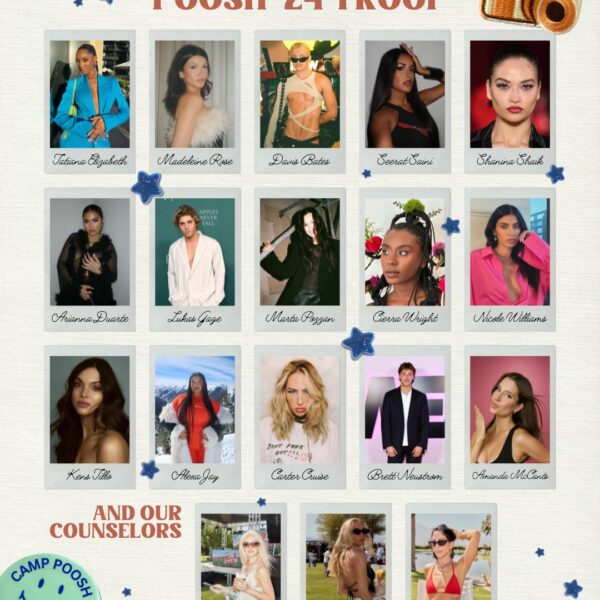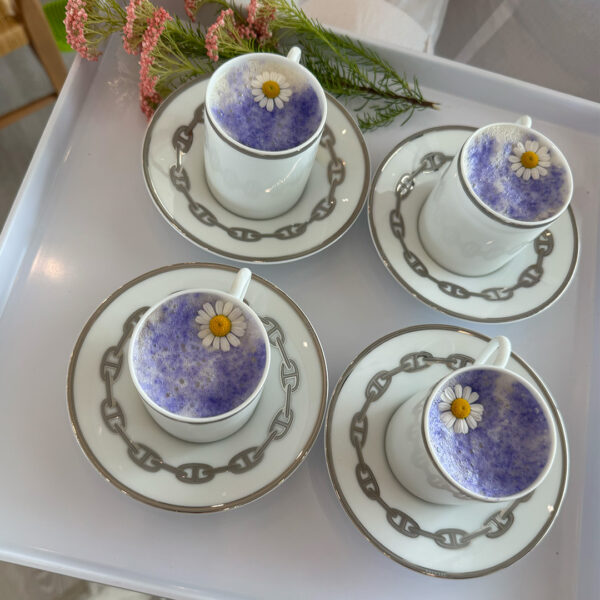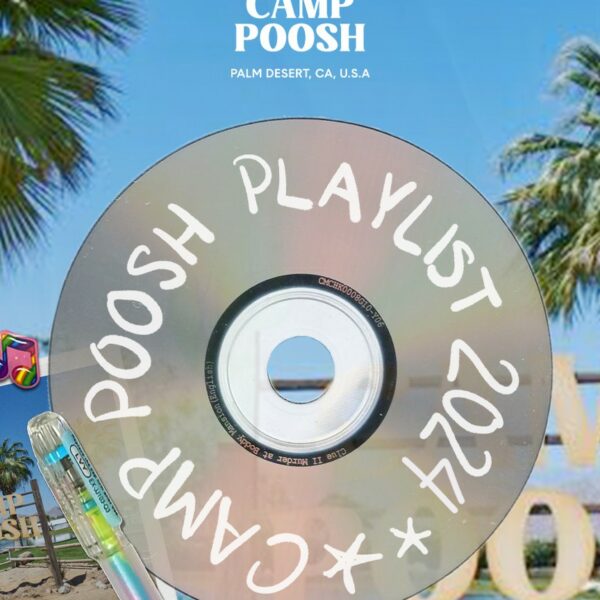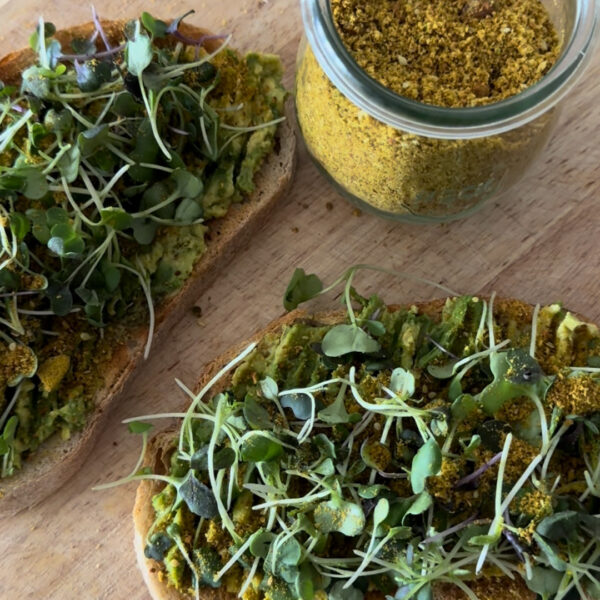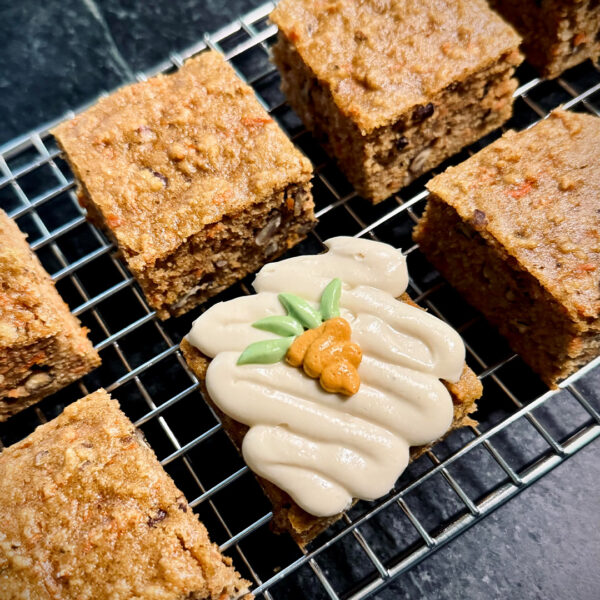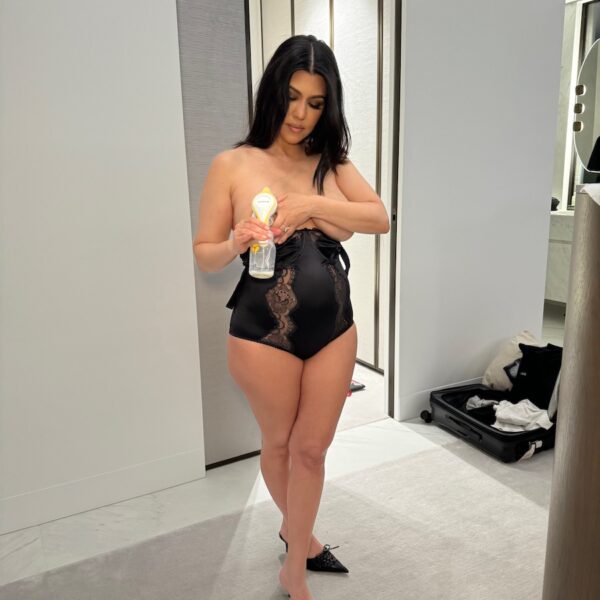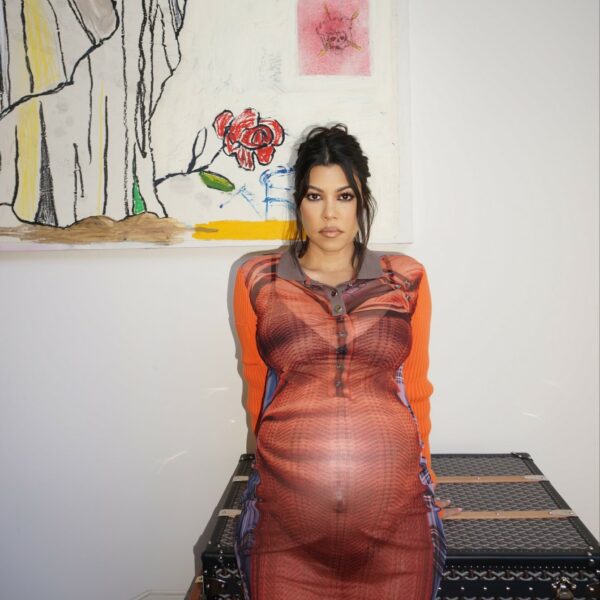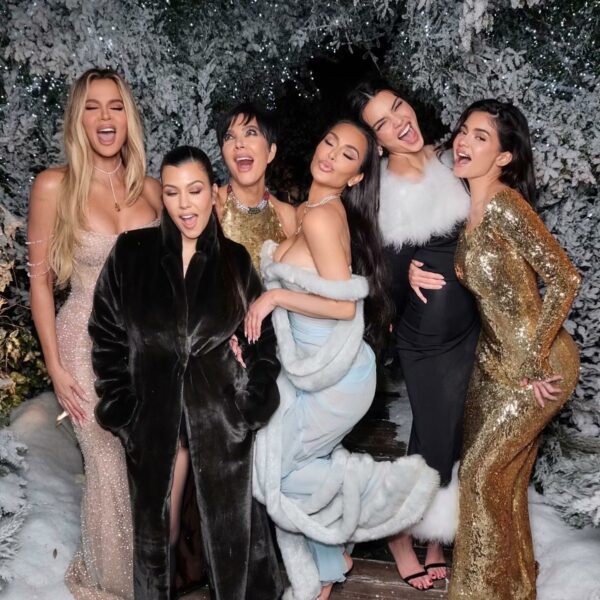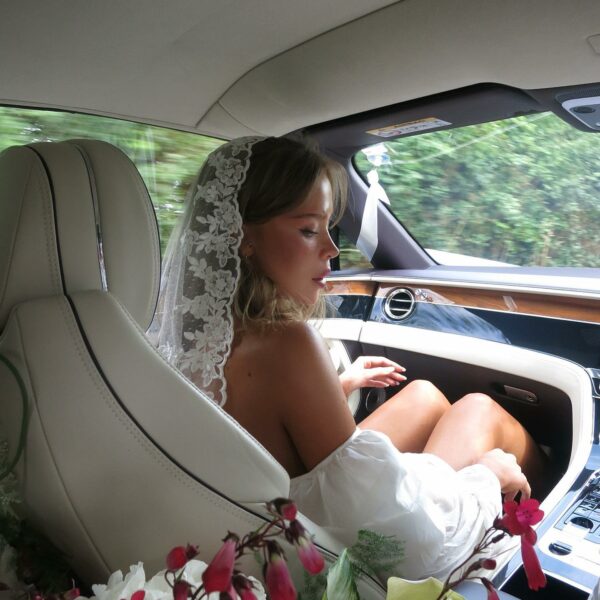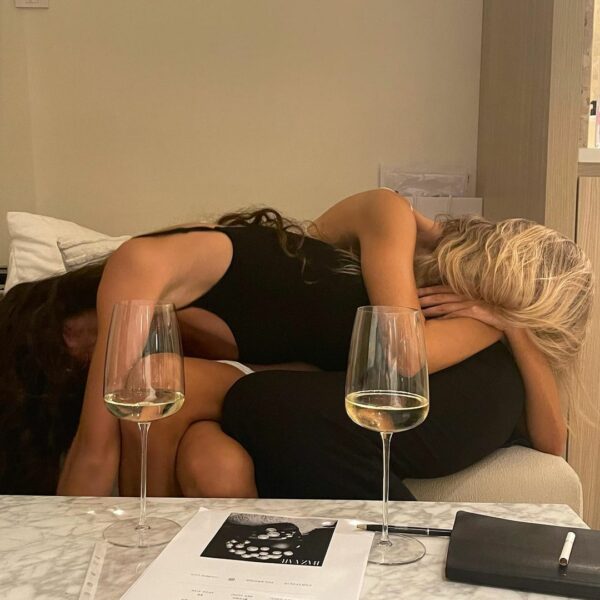If you’ve ever felt like you might be sabotaging your relationships but you’re not sure why or where it stems from, it might be a good time to evaluate your attachment style. Maybe you feel like you have it all together, and are always sought out by friends for love advice. That, too, is an attachment style.
According to Dr. Kate Balestrieri, Licensed Psychologist, Certified Sex Therapist, co-founder of Triune Therapy Group, and founder of Modern Intimacy, our attachment styles are something instilled in us very early in life—the first 18-36 months. It comes from our primary caregivers and is essentially our level of anxiety and avoidance in relationships. Dr. Balestrieri made it easy to see where we might fit in.
If you don’t let insecurities get in the way of intimacy and trust, you might have a secure attachment style. In Dr. Balestrieri’s words, people who have secure attachment “generally trust others and themselves, feel safe to let people in and be there for others, and do not avoid establishing intimate connections.” Typically, these types of people’s needs were met most of the time, “in a way that felt good enough, and they feel well-equipped to enter into relationships authentically, to set and maintain boundaries, and respect the needs and boundaries of their partner, as that was modeled for them.”
Insecure-Preoccupied Attachment Style
Insecure attachments are more common, as there are three categories of insecure attachment, Dr. Balestrieri explains. Insecure-Preoccupied is someone with low avoidance, but high anxiety. This means they do not try to keep people away, but “their capacity for emotional and physiological regulation is often tied up in their perception of the quality of their relationship.” In other words, “they are likely to spend a lot of time tracking their partner for verbal or nonverbal cues that give them insight into their partner’s mood and the stability of the relationship.”
Insecure-Ambivalent Attachment Style
Sometimes referred to as a Fearful-Avoidant or Angry-Resistant, this type of person tends to have high anxiety and avoidance. Dr. Balestrieri details that “this can lead to a lot of hot and cold relational behavior, because while someone with this default style wants connection and intimacy, they are deathly afraid of it.” Again, it stems from history. “They have often been disappointed, betrayed, abused, or exploited by people they have loved before, and who were supposed to love them.”
Dismissive-Avoidant Attachment Style
This type is a protective strategy that people use to unconsciously convince themselves that they have minimal or no dependency or relational needs. “If someone tries to get closer to them than they feel comfortable with, and it triggers their vulnerability, they are often quick to discard a partner, either by ending the relationship or acting out in some way outside the relationship.” Dr. Balestrieri explains that someone who develops this style might have experienced a neglectful parent, or an intrusive parent with no boundaries.
Disorganized Attachment Style
This type of attachment style is more prevalent with those who have suffered a lot of trauma repeatedly throughout their lives. While Dr. Balestrieri knows that most people have a default attachment style, this particular type of person can become “obsessed with partners who show up one way in their lives, and completely disregard others who show up differently… Even with people who share similar characteristics, they may appear more dismissive one day, and preoccupied another.”
Earned Secure Attachment Style
If you’ve resonated with any of the aforementioned attachment styles and are totally freaked out, hold it together for this silver lining. Dr. Balestrieri didn’t part ways without offering reassurance. “Regardless of what attachment style crystallizes for someone in their formative years, with therapy and safe and healing relationships, adults can move beyond the self-protective strategies developed in childhood that led to an insecure attachment style,” toward a learned, secure attachment style.
She also left us with the warm and fuzzy reminder that as humans, we have the need for human connection imbedded in us. Even though we risk heartbreak in every relationship, it is in relationships that we cultivate the strongest healing.
Poosh Edit: Popular Items:





